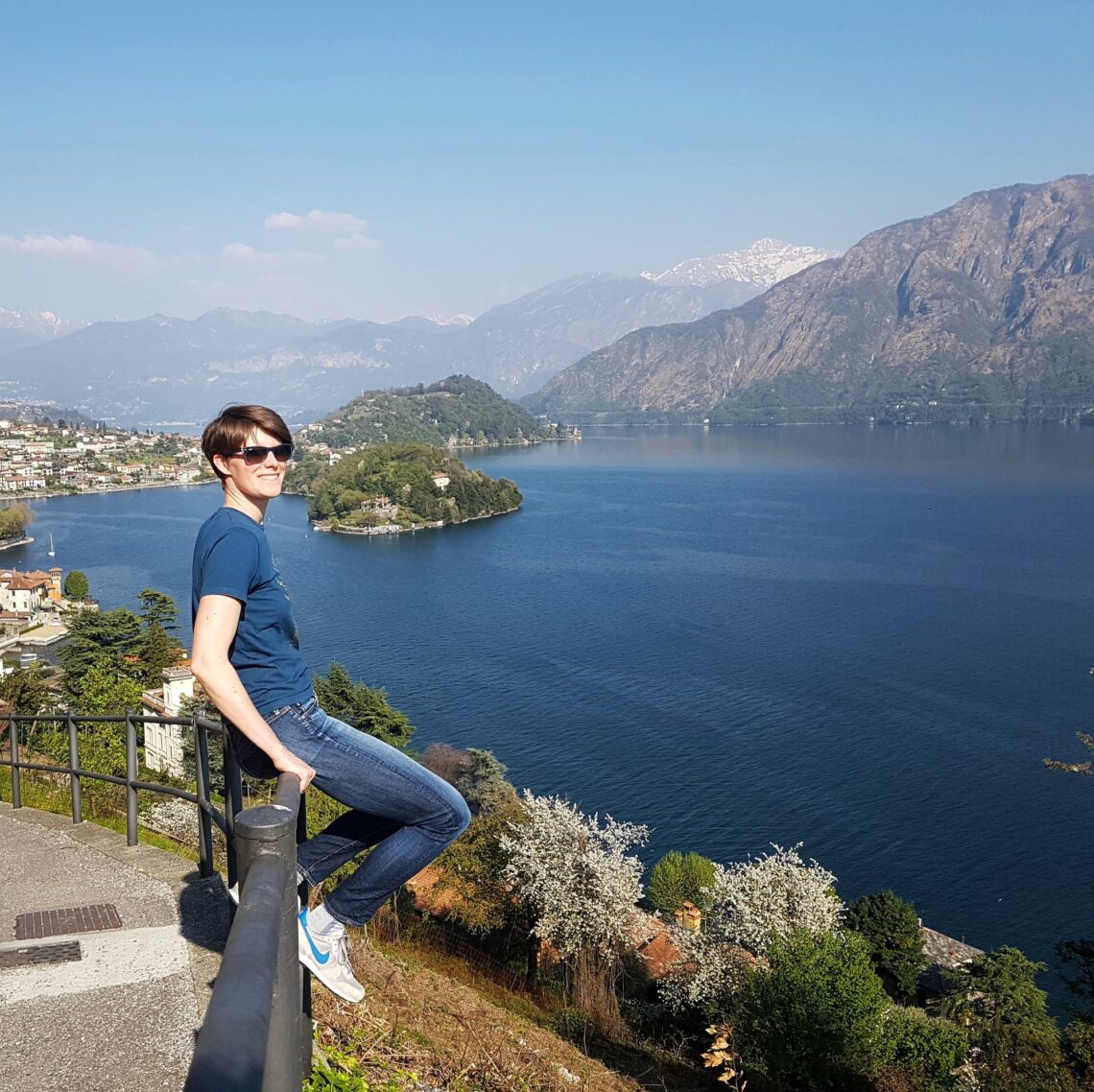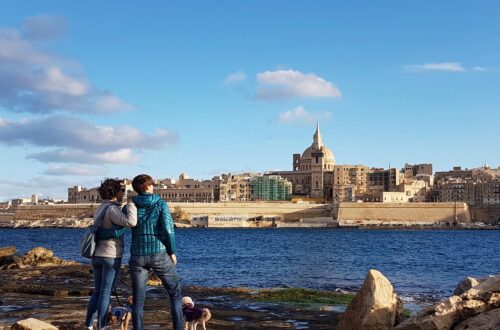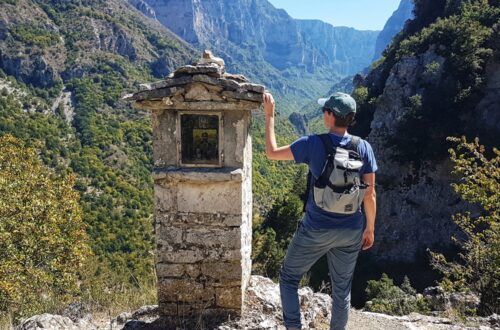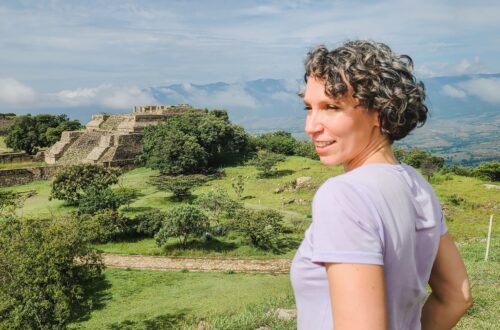
How Much Do I Need To Retire Early And Travel?
Our Tips for Coming up with the Right Amount
We asked ourselves this question a million times before we finally quit our jobs and headed out for a life of adventure: How much was enough? How much money would be enough for us to retire early and see the world? What amount of investments would generate a sufficient return to support us for the next 40 to 50 years?
In order for us to walk away from corporate life with a clear conscience that we were not impacting the lifestyle and welfare of our future selves, we needed a very clear idea of how much money to accumulate during our prime working years.
The good news is that, with a lot of research and a little math, we were able to come up with the savings target that was right for us. We were able to say goodbye to our jobs and step into a lifestyle of non-stop slow travel across Europe.

With all the careful planning and the calculations behind us, we’re now in a position to share our tips for how to come up with the early retirement number that’s right for you. With your own careful planning, you can also get the post-work lifestyle you want, whether that’s slow traveling like us or settling long-term in a new country or staying at home with some travel on the side.
Envision your future
The first step is to establish what your ideal future looks like, the one that’s not dictated by working at a traditional job or climbing a career ladder. If you have a partner, this means coming up with a shared vision for the future, one that’s meaningful for both of you.
For our part, we had a shared vision to move to Singapore together to develop our careers and explore Asia. However, over the years in Singapore, our goals drifted apart somewhat. I was very focused on growing my career and finding success within the corporate environment while Gillian became increasingly disenchanted with sitting behind a desk answering emails all day.
Unfortunately, I was completely unfamiliar with the concept of financial independence and early retirement. In fact, I had a very hard time picturing what life outside a traditional job would look like. It took a particularly painful year of working evenings and weekends for me to finally be ready to have a conversation with Gillian about life beyond work.
Through many discussions, we came up with a joint vision of living in different parts of the world, exploring beautiful natural settings and experiencing new cultures. This vision was what motivated us in the hard work to come of settling on our targeted savings amount.
Understand the math
There is quite a bit of science to the process of coming up with the right number for early retirement. Fortunately a lot of smart people have been grappling with this issue for some time. So there was a rich ecosystem of blogs, vlogs, podcasts and forums available which enabled us to become conversant in the key principles behind financial independence and early retirement, also known as FIRE.
We quickly discovered the 4% rule. This is a formula for determining the amount you need to have invested that will generate a return you can live on, ideally for the rest of your life. This formula or guideline came out of a 1998 research study by Trinity University. There is a lot of complexity to the study and it has been covered extensively by many other sources. For the purpose of this discussion, we’ll just cover the key takeaways in a very simplified manner.
To figure out the total amount you need to have invested, take your future annual spending requirements and multiply it by 25. We’ll use an example with some simple numbers: If you project your future annual spending to be $40,000, multiply that by 25, which equals $1,000,000. When you divide $40,000 by $1,000,0000, the result is 4%, hence the 4% rule. As the formula goes, if you have $1,000,000 invested, this should generate a return that provides an inflation-adjusted $40,000 of annual income.
Note that this assumes that one’s savings are invested, not just sitting in the bank. Additionally, this assumes an average rate of return based on history and a certain level of inflation.
Many people feel that relying on the 4% rule is risky given the longer time horizon of early retirees along with the uncertainty of future market returns. For a more conservative approach, many people (including us) prefer variations of the 4% or 25X rule to decide on an ultimate early retirement number. For example, 3% or 33X annual spending or even more conservative approach, such as 2.5%. Ultimately you should apply the multiplier that suits your risk tolerance, which we discuss more in this video.
Understand today’s spending
Once we understood the core concepts behind financial independence, we quickly realised that we need to understand our future annual spending would be. And in order to understand future spending, we needed a much better sense of what we were spending today.
It may be surprising to learn that, until two years ago, we had never set out a monthly budget or tracked our spending. But once we had financial independence within our sights, we knew it was time to get acquainted with our current spending habits. We started to track our spending for the first time in our lives, which we talk more about in the video here.
Tracking our spending was a revelation. We couldn’t believe all the excess spending that characterised a regular month. Some of this was because we lived in a very high cost of living country — Singapore — but other spending was simply because we had fallen into pricey habits such as dining out two to three times a week. We knew there was a lot of fat we could and should cut if we were serious about increasing our savings rate and getting to financial independence faster.
Estimate future spending
Once we knew our current spending — and where we should be making cuts — we used this as a foundation to figure out how much we would need in the future for the nomadic, slow travel lifestyle that we envisioned.
At first we had no agreement on what the amount would be; we had a very inflated concept of what would be needed in retirement. As we drilled into the details, we realised that our future slow travel lifestyle would actually cost less than what we were currently spending in a high cost of living country. For example, rent for a two bedroom apartment in downtown Singapore ranges between $3000 and $5000 USD or more but it’s a fraction of that price in many other interesting, cosmopolitan cities around the world.
Additionally, we quickly understood that being nomads is a flexible lifestyle that allows us to get the most value for our dollars. We can alternate between high and low cost countries and still remain within our annual target budget. We can even outpace inflation by changing our location.
If you are thinking of an early retirement of slow travel or relocating to a new country, coming up with the right budget is very personal depending on which countries you want to spend time in and the level of frugality or luxury you prefer.
Why we were confident in our calculations
Before we stepped away from our well-paying jobs in the prime of our careers, we needed to feel very confident in our plan and our savings target.
The one thing that helped us feel confident we had come up with the right number for our early retirement was research — a lot of research. In particular, we looked at the spending of other people with lifestyles similar to the one we wanted. In fact, many nomads and early retirees are extremely generous about publishing their costs of living on blogs and videos. As soon as we found others who were spending time in the countries and cities we wanted to visit, we were able to validate that our numbers would work.
In fact, you can do your own research by taking a look at our spending in each of the destinations that we’ve visited as part of our ongoing journey. Hopefully our travels will help inspire your future itinerary.
If you’re interested in financial independence and early retirement, click here to subscribe to our YouTube channel.





5 Comments
Pingback:
Pingback:
Pingback:
Pingback:
Pingback: